Father’s day is a day for new grill tools and power ties. It’s also about showing your old man how much you love and appreciate him for what he’s done for you. One way to put that down in writing is to give a greeting card customized with a personal message and imagery. Getting professional quality results when printing your own greeting cards isn’t hard, but it requires a little planning and prep to do the job right. Part of this comes down to making sure you have the right materials, another part is finding a great design. Let’s start with materials.
Paper. Choosing a good quality paper makes all the difference. Perhaps the most distinctive thing about greeting cards aside from their bi-fold layout is the stiffness of the paper used. While you can always print your greeting card on standard office paper, this approach leaves a whole lot to be desired if you want impressive cards. You want paper stock that stands up firm and that’s pleasing to the touch. You will also want paper that folds cleanly and prevents ink from bleeding through. Thankfully, there exists today a whole range of options available to match your personal aesthetic.
The first decision you’ll make when choosing paper for your card is selecting your paper finish. Two major categories will guide your choice: matte and glossy. The differences between the two will affect the way your images look and how the paper feels in your hands. Matte describes all unfinished papers from smooth to highly textured, like the paper commonly used for wedding invites. This paper is amenable to most printing inks and creates deep vibrant colors. Depending on the depth of texturing, it can distort photo quality images, but creates clean readable text and graphics. Glossy papers include those popular finishes such as lustre, satin, and high gloss. They are smooth to the touch and more reflective than matte and are perfect for cards with a lot of vibrant photos. Pairing your glossy paper with the right ink is something you will want to consider before purchasing the paper, as glossy paper don’t usually play well with pigment inks.
Paper weight is an important consideration to your card as well. Choosing a heavier paper stock affords you the strength and thickness required to stand-up straight and not bleed ink. For quality paper, 100-120 gsm will give you the desired effect. Light cardstock in the 120-150 range will be more like the type of greeting card you buy at the store, but may be difficult for your printer to process. Checking the specs on your printer and even requesting a sample before you invest in a ream or two of paper will do wonders for minimizing waste and frustration. Drop by a stationary store and ask the experts there if you have any questions regarding paper.
Ink. As important as paper is to the final product, the ink that your printer comes with will also make a big difference in your final results. Different inks are designed for different uses (and of course different printers have different strengths and weaknesses as well). When printing from home, the first question you have to ask yourself is whether your printer is inkjet or laser. For printing color and imagery, inkjet is a far superior choice, as laser printers are mostly designed to print text fast and inexpensively for office/professional purposes. In most cases, laser printers aren’t designed to handle the paper weights that you want for your father’s day card for this same reason.
If you have an inkjet printer, chances are the ink it uses will fit into one of two categories. Dye-based inks are the most common for low- to mid- price inkjets, multifunction units, and general non-specialty printers. They are versatile, create vibrant colors, and generally low cost per page (or as low cost as inkjets go). Where they lack is in longevity—dye-based inks last a few decades before they lose color vibrancy and precision.
Pigment inks are relatively newer to the market compared to dye and are designed to combat this issue of longevity. They are common in photo printers, especially higher resolution pro-grade models. When paired with the proper archival quality paper, pigment inks are designed to last a hundred years or more. Pigment ink printers usually have multiple color ink pots to help precisely color match images, as well as adhere to different paper finishes. If you’re unsure about what type of ink your home printer has, check your owner’s manual and see . . . it may influence what paper is the right choice for your needs!
Considerations when making your own card. If you’re planning on designing your own card, here are a couple of printing best practices tips to remember:
-
- Design your card with a bleed. A bleed is additional space on each side of the page that ensures your design doesn’t get printed to the absolute edge of the paper. It’s denoted by four little marks along the corners that tell you where to cut. This will prevent images from being half printed or your design printing unevenly on the page.
-
- Consider your fold. If you’re using the traditional bi-fold greeting card style, remember that you will have to print your design double-sided in order to get the image on the front and the text on the inside. If you have your image printed on the left side of the page, have your text printed on the backside of the right (and facing upward in the same direction too!) If you’re using a heavier cardstock, simply folding may not give you the crisp results you’re after. A bone folder is a tool that scores the card so that your paper will fold cleanly when using cardstock or heavier, pillowy papers. About.com has a great tutorial on how to get a professional quality crease that’ll ensure your card is even and stands up straight for display.
-
- Check to make sure you have enough ink. Running low on one color or another in your printer will cause your colors to look . . . funny. If you’re out of ink, your printer may not even recognize the colors you’re printing, which means a last minute run to the office supply store.
-
- Don’t fear the compatibles. Printer ink is expensive. Thankfully, the technology for compatible ink cartridges has improved that now you get the same print quality at a fraction of the brand name cartridge’s price.
- Don’t forget the backside. You know the branding mark that Hallmark made famous on the back of the card? Make up your own! This is a great place to put a family joke or add a small photo of the dog. Be creative.
Choosing a great template to make the job easier. For people whose Photoshop skills aren’t as refined, thankfully the internet comes to the rescue. There are dozens of Father’s Day card ideas and templates available online designed to make printing your own card quick and painless. Here are a couple great options that we love:

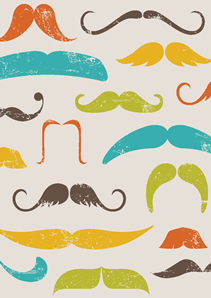
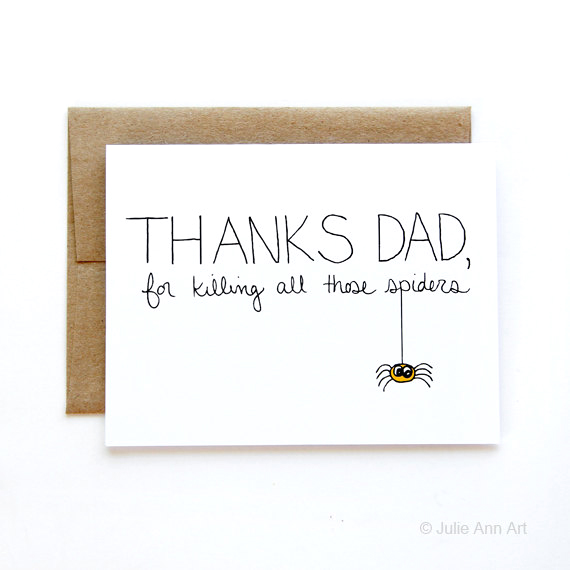


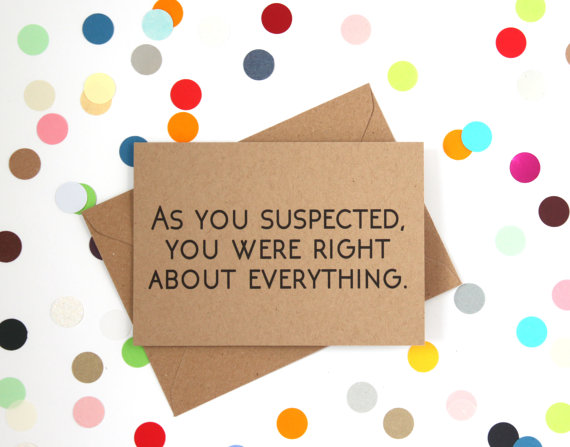
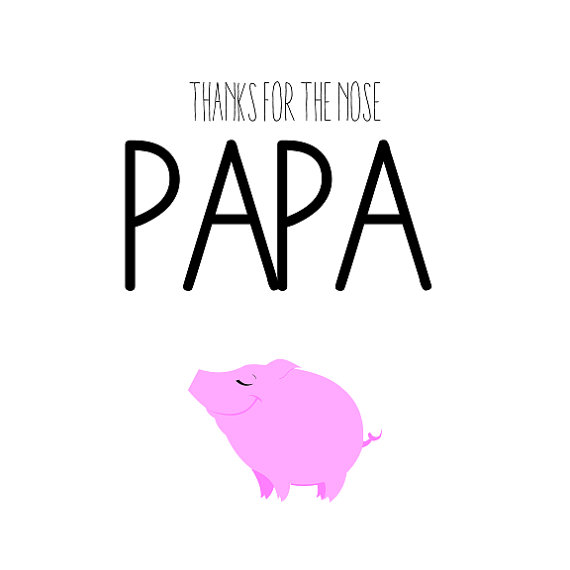
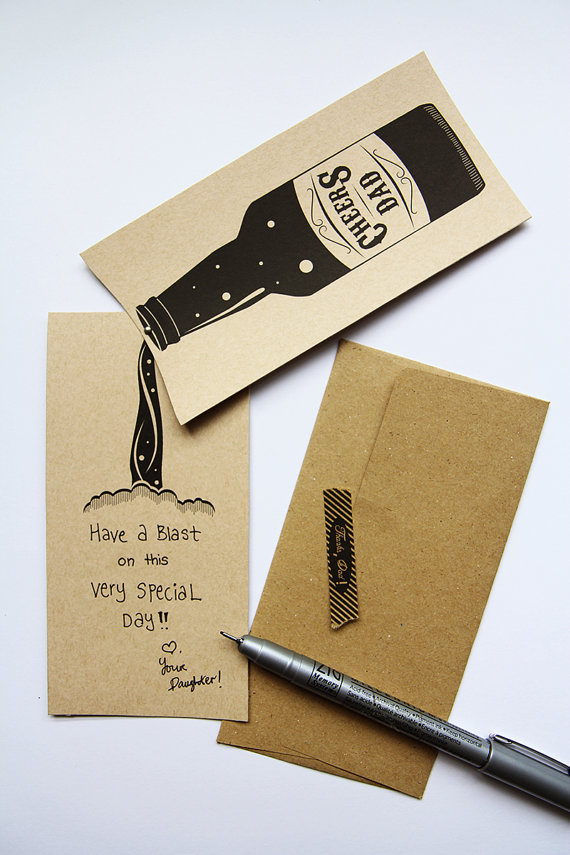
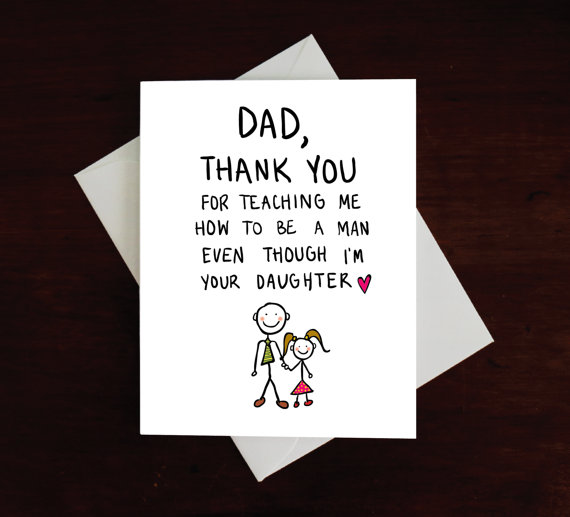
Or Articulate Your Feelings With a Dad Lib
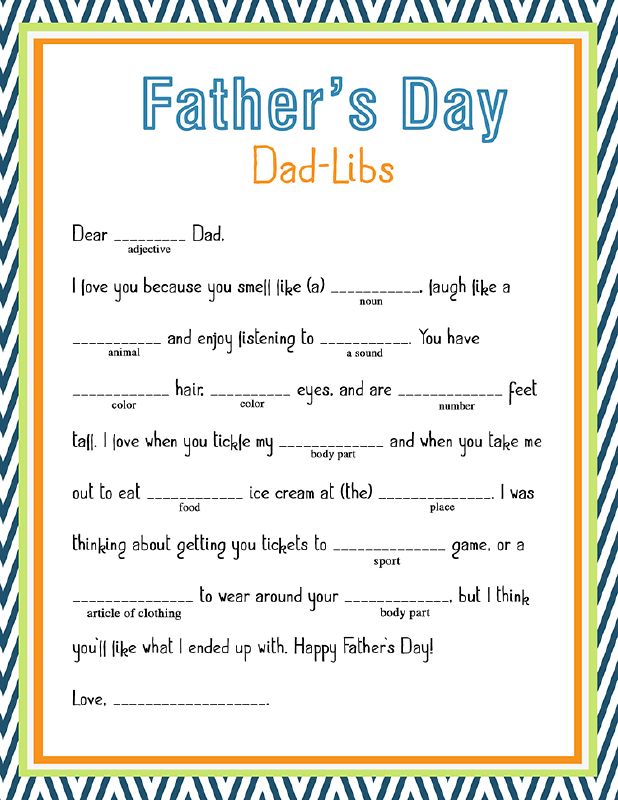
For a creative way to make any holiday special, printing your own greeting cards can’t be beat. Having the supplies you need on hand can also be a lifesaver when coming up with something last minute. Home designing and printing is a fun and easy addition to any holiday that is perfectly personal every time. Happy Father’s Day!
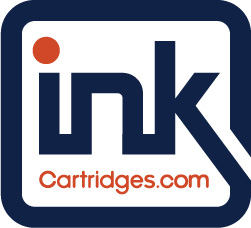

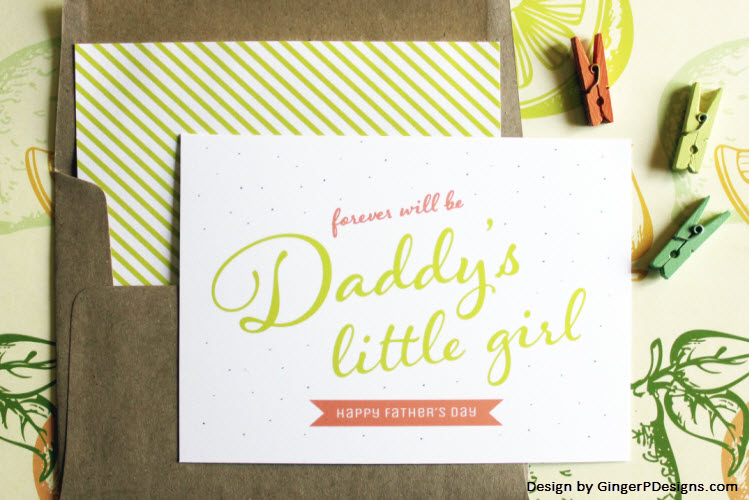

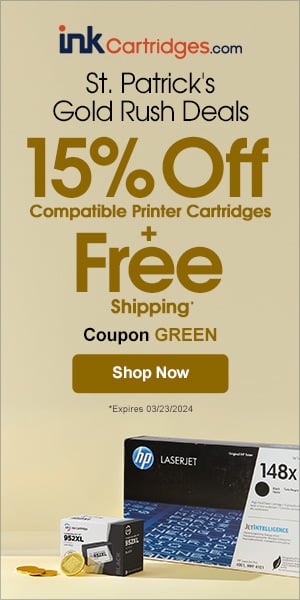
I am glad that you have kept the theme quite simple here. As its father day the emotion through words matters more than the complicated designed card. Anyway thank you for such a beautiful collection of cards.